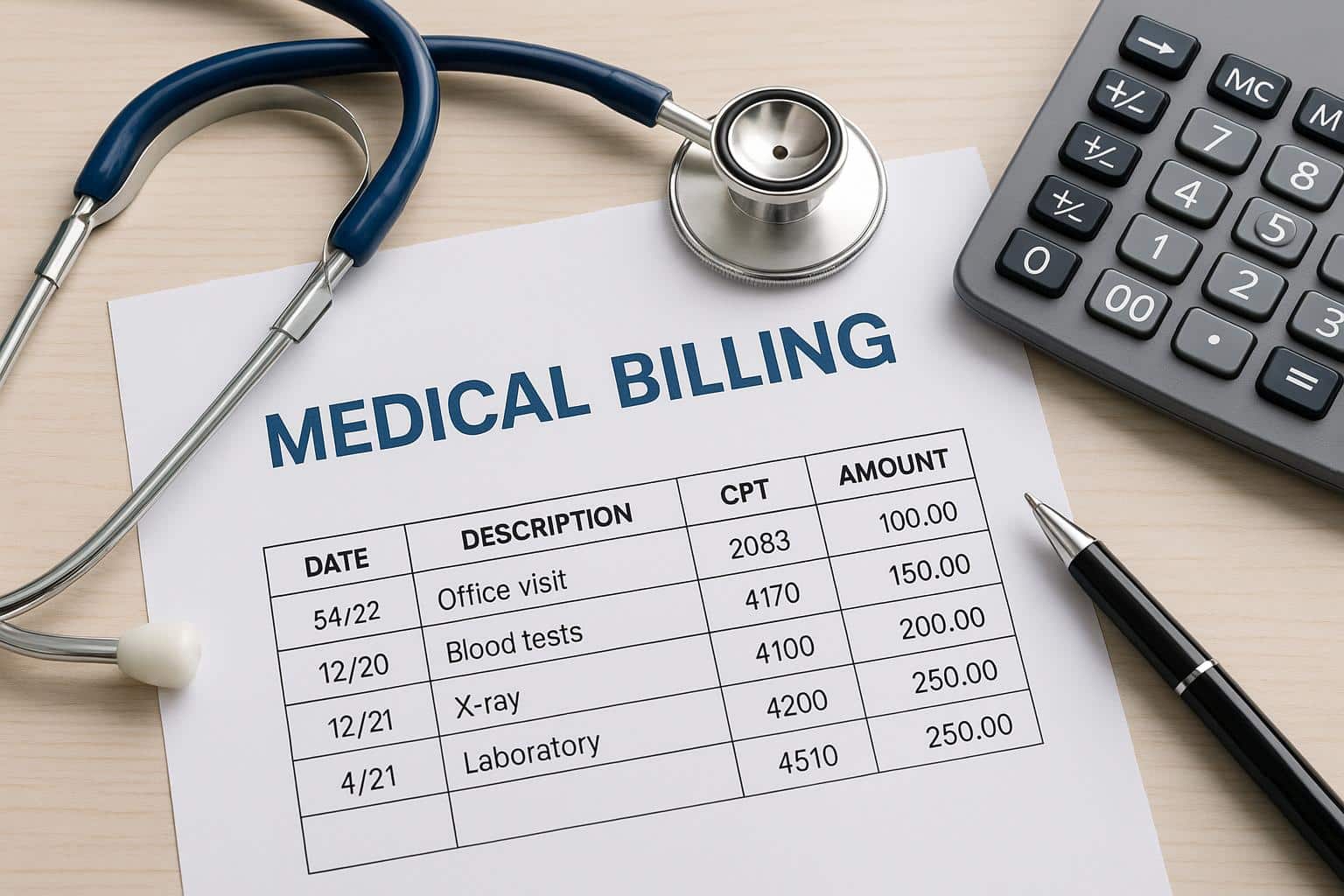Medical billing is part of every healthcare operation, but it doesn’t work in isolation. Patients are part of the process whether providers like it or not. When they understand their care, ask the right questions, and have access to the right tools, billing tends to go more smoothly. Otherwise, the billing teams may deal with more confusion, more follow-up, and more delays.
That’s why patient engagement matters, for financial operations too. It shapes the billing experience from start to finish, from coverage checks to final payments. And with a few changes, providers can make that part of the process easier for everyone.
Contents
- Giving patients a clear estimate makes billing less stressful
- Online access gives patients more control and reduces questions
- Basic reminders help keep information accurate
- Early conversations about costs lead to fewer disputes
- The impact of better communication
- Feedback from patients helps improve billing communication
- Patient engagement strengthens overall billing performance
- Outsourced billing services add support without overloading staff
- Practical changes can make an immediate impact
Giving patients a clear estimate makes billing less stressful
Billing becomes harder when patients don’t know what to expect. Even a good invoice can feel frustrating if the amount catches someone off guard.
A simple cost estimate before the visit or procedure helps set expectations. It doesn’t have to be exact. Just showing a rough breakdown of what insurance may cover, what the patient may owe, and why, goes a long way.
Patients are less likely to delay payment or dispute charges when they know what to expect. That takes pressure off the billing team and creates a better patient experience.
Online access gives patients more control and reduces questions
More patients expect to manage parts of their care online. That includes billing. A secure portal that shows statements, balances, and insurance details cuts down on support requests.
Give patients an option to check their information, pay bills, or set up payment plans on their own schedule – that will improve satisfaction. It will also reduce the need for staff to resend documents or answer basic questions.
Basic reminders help keep information accurate
Simple, timely messages can prevent a lot of billing issues. A quick reminder to bring an insurance card or confirm contact details can help avoid claim denials and subsequent follow-ups.
Alerts about pending authorizations or newly posted balances can help patients stay informed. These touchpoints also show that the provider is paying attention, which supports trust and follow-through.
Early conversations about costs lead to fewer disputes
A short conversation before a procedure about what’s covered can prevent billing confusion later. Many patients don’t understand how deductibles work or why a service may be out-of-network.
Financial counseling or even a basic explanation can help in this case. Staff can explain the expected charges and offer payment plan options if needed. That small step prevents larger misunderstandings and avoids future escalations.
The impact of better communication
Proper patient engagement also it improves data quality. Claims get confirmed faster with correct insurance details, clean addresses, and accurate contacts.
Fewer denied claims means billing teams can focus on problem-solving and follow-up instead of correcting preventable errors. The process becomes more efficient and less reactive.
Feedback from patients helps improve billing communication
Patients often point out where billing communication breaks down. There can be a number of barriers, like confusing statements, unclear charges, or awkward language. A few small adjustments based on patient feedback can make a big difference.
Replace vague line items, remove jargon, and try to improve the layout clarity because it will help to reduce questions and build confidence. As a result, the billing process that feels understandable leads to higher payment rates and fewer calls.
Patient engagement strengthens overall billing performance
Better communication, clearer estimates, and more accurate data reduce the need for rework. Claims go out with fewer gaps while payments arrive with fewer delays. Patients pay faster, and staff spend less time chasing down missing information.
Small improvements in patient engagement lead to measurable gains in the revenue cycle. Over time, this reduces stress for staff and improves the overall patient experience.
Outsourced billing services add support without overloading staff
Not every provider has the time or team to handle billing in-house. Front desk staff get pulled into too many roles, and internal billing teams often juggle more work than they can finish in a day. That’s where external medical billing services can help.
These services handle everything from claim submissions to payer follow-ups, denial management, and patient communication. They know how to work with insurance rules, catch common errors, and track payment timelines. With the right service in place, providers can spend more time on care while reducing billing delays and can put more focus on patient engagement.
Outsourcing also doesn’t mean losing control – it means having a reliable partner to keep things moving without constant oversight.
Practical changes can make an immediate impact
Starting with a few key changes can improve results without major cost or disruption. Clinics can add cost estimate steps into their scheduling workflows. Front desk teams can verify insurance and contact details more consistently. Billing teams can simplify their statements and send alerts when balances post.
Each of these changes makes the billing process more predictable. Over time, these habits become part of the daily rhythm of the organization.

